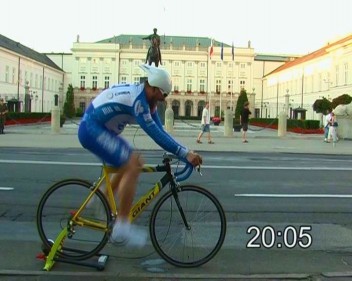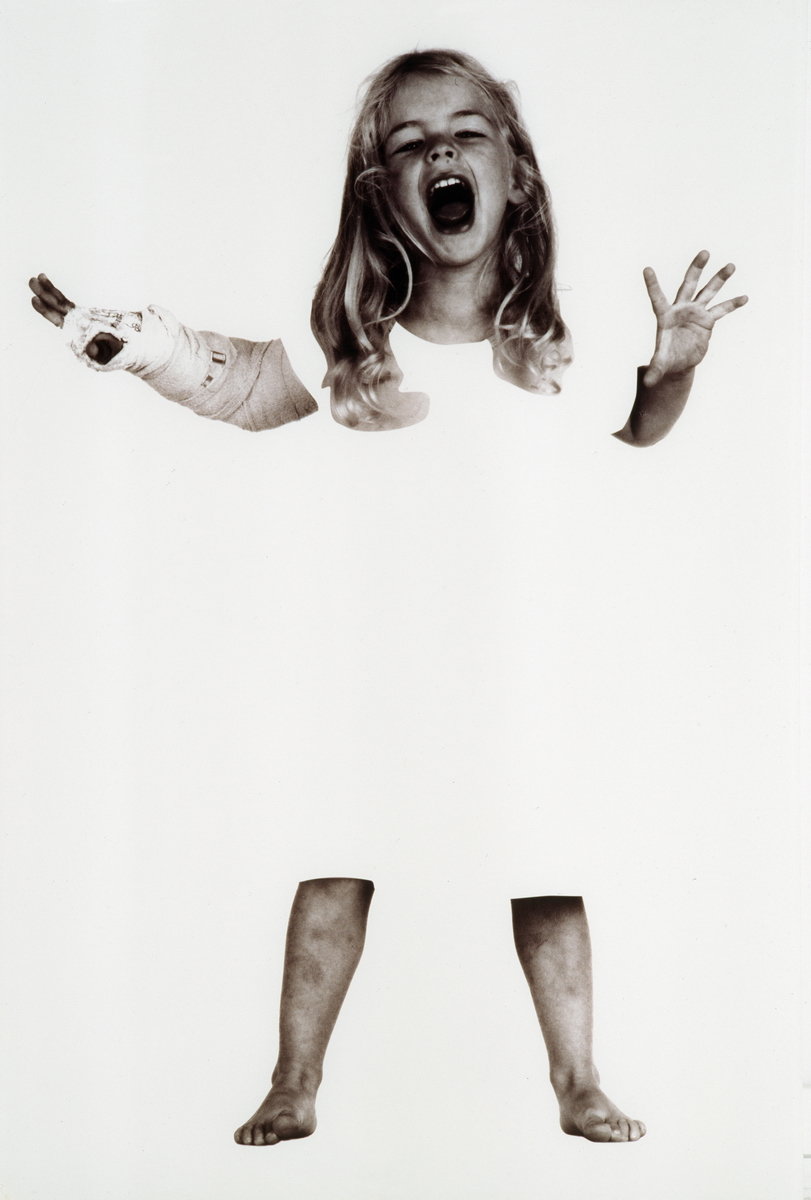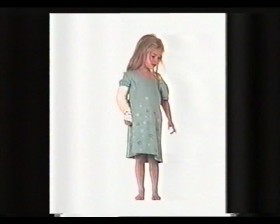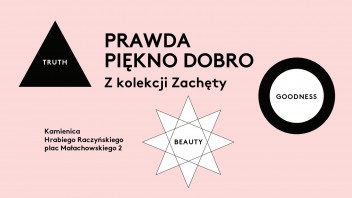Marta Deskur
Born 1962 in Kraków, she lives and works in Paris and Kraków.
Marta Deskur is a visual artist. Graduate of the École des Beaux-Art in Aix-en-Provence, where she studied in 1983–1988, Initially an abstract painter, Deskur’s work was later dominated by photography and video. In the 1990s, she often took up the theme of children, e.g. in Comet Girls (1995), Human Clear (1996), or Nothing to Touch (1995).
Lorem ipsum dolor sit amet, consectetur adipisicing elit, sed do eiusmod tempor incididunt ut labore et dolore magna aliqua. Ut enim ad minim veniam, quis nostrud exercitation ullamco laboris nisi ut aliquip ex ea commodo consequat. Duis aute irure dolor in reprehenderit in voluptate velit esse cillum dolore eu fugiat nulla pariatur. Excepteur sint occaecat cupidatat non proident, sunt in culpa qui officia deserunt mollit anim id est laborum.
-
 02.05 – 29.05.2011Spectrum. From the Zachęta Video CollectionScreenings in the ursula blickle videolounge
02.05 – 29.05.2011Spectrum. From the Zachęta Video CollectionScreenings in the ursula blickle videoloungeThe compilation of video presented in ursula blikle lounge is a selection of works from the Zachęta video collection. The programme of the thematic screenings of videos is a spectrum, in other words a certain organized selection of phenomena and concepts analysed by the films’ authors. It is a presentation of works of the newest video art in Poland, created by outstanding artists of the young and middle generation. The screenings that comprise the project Spectrum have been divided into the following thematic blocks: sound, gender, social portrait and roles. The selection made was dictated in part by the technical conditions of the place of presentation – the videos selected were one channel projections, whose theme and aesthetics made them appropriate to be shown in the proposed form. The choice of these works was also an attempt to underline the range of themes that Polish video artists engage with. It shows both a cross-section and the spectrum of problems relevant today in Polish art. This should not be treated as a full picture, but rather as an overview of Polish video art of the last two decades.
Kunsthalle WienKunsthalle Wien



